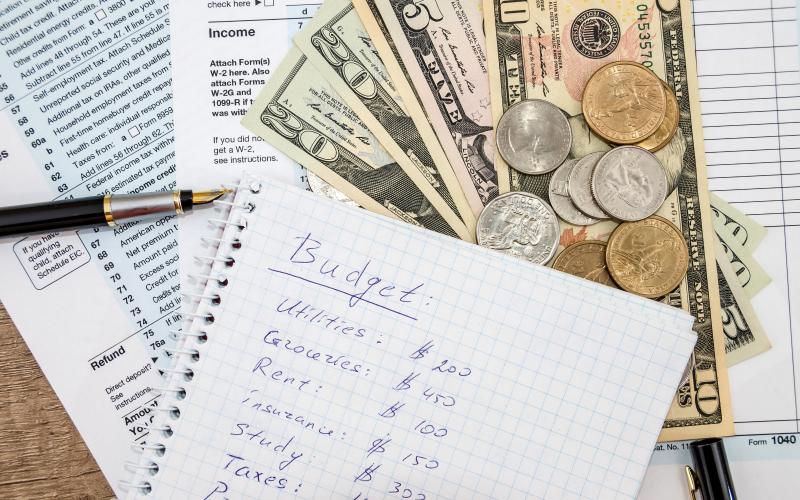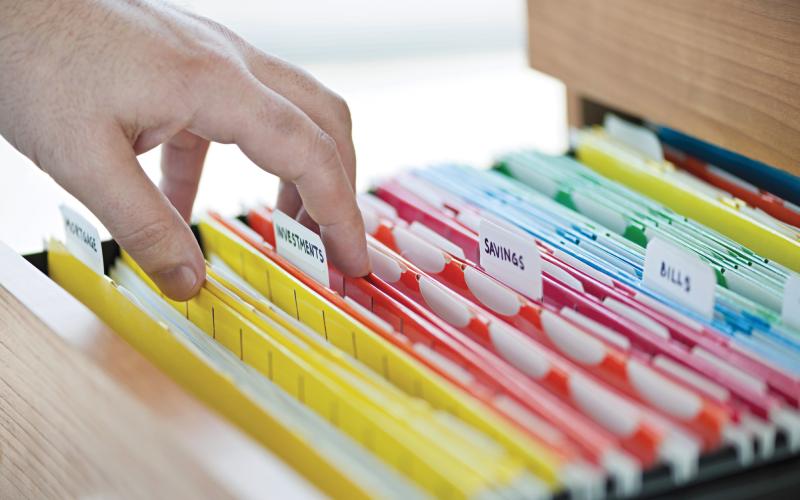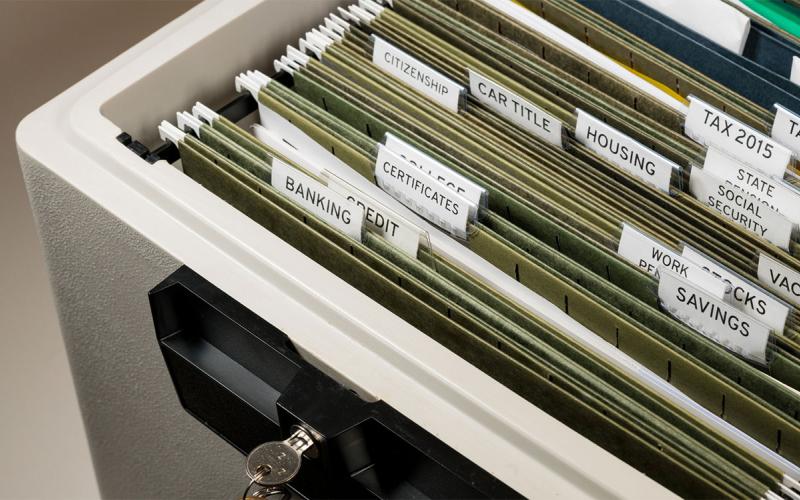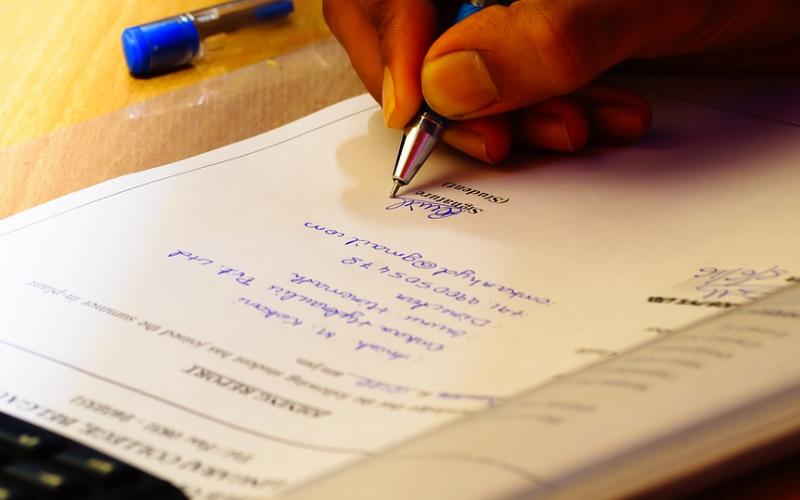Personal Finance Publications
All Personal Finance Publications Content

SDSU Extension to host financial training webinars
December 23, 2025
South Dakota State University Extension will host a series of Financial Fireside Chats webinars to help individuals strengthen their financial and personal well-being.

SDSU Extension co-hosting legal and financial webinar for deaf individuals
December 23, 2025
South Dakota State University Extension is working with Nebraska Extension and North Dakota State University Extension to host the Organize This: Legal and Financial Must-Haves series for deaf individuals.

Personal Finances
Access the tools needed to take charge of your financial future.

SDSU Extension offers many resources in finance, personal wellness
December 18, 2025
As we enter the holiday season, SDSU Extension wants to remind South Dakotans of the many resources available to help people in personal finance, health and wellness.

Organize This! Legal and Financial Must-Haves Resources
View the documents and forms for the Organize This! Financial, Health, and Legal Must-Haves program.

52 Ways to Climate-Proof Your Finances
Fact sheet that offers 52 financial management strategies to implement or habits to develop that individuals and families can take to increase financial resilience and reduce potential financial burdens caused by climate change and extreme weather events.

SDSU Extension to host Financial Fireside Chats webinar series
January 02, 2025
Financial Fireside Chats is a free series of webinars every Tuesday for six weeks that tackles timely topics designed to promote financial well-being for participants of all ages.

Replacing Legal and Financial Documents in South Dakota
Fact sheet covering various document types that may be lost, destroyed, or stolen and provides sources for information to replace them.

Strategies for Households
Fact sheet to help you have a more secure financial future.

Calculating Personal Net Worth
Fact sheet on calculating personal net worth.